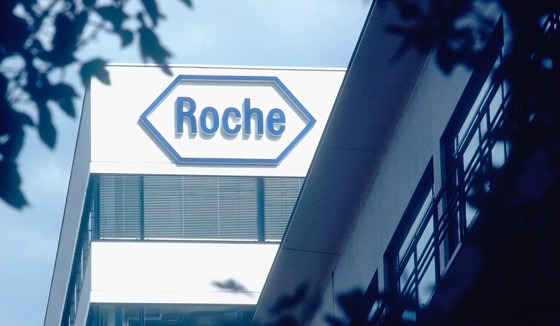
Roche has started enrolling patients into phase III trials of lampalizumab for dry age-related macular degeneration (AMD) – a major cause of blindness.
If it shows efficacy in the trials lampalizumab could become the first therapy for a late-stage form of dry AMD, called geographic atrophy (GA), which is characterised by destruction of the retinal pigment epithelium and causes between 10% and 20% of all cases of blindness.
Roche is conducting two phase III trials of lampalizumab – which is also known as anti-factor D and acts as a selective inhibitor of the alternative complement pathway – called CHROMA and SPECTRI. They will try to show that the drug can slow the progression of GA, which affects around 5 million people worldwide.
The move into pivotal trials has been prompted by data from the phase II MAHALO study which revealed a 20% reduction in GA lesion progression in patients treated monthly with lampalizumab compared to placebo after 18 months of follow-up.
The results also included data from a sub-population of GA patients who tested positive for a genetic biomarker – complement factor I – who showed an even greater benefit from the treatment, with a 44% improvement over placebo. A similar group will be studies in CHROMA/SPECTRI, according to Roche.
“GA is a progressive and often devastating disease,” said Andrew Lotery, professor of ophthalmology and the principal investigator for the phase III trials.
“With the phase III trials for lampalizumab, we hope we continue to see the positive outcomes we saw in phase II, and that patients visual function is protected.”
All told, around 300 clinical investigators are now enrolling patients into the programme in 24 countries.
Roche and partner Novartis already market their vascular endothelial growth factor (VEGF) inhibitor Lucentis (ranibizumab) for the wet or neovascular form of AMD, as well as macular oedema caused by diabetes and retinal vein occlusion.
While multiple therapies exist for wet AMD – Lucentis competes in the market with Bayer’s Eylea (aflibercept) as well as off-label use of Roche’s cancer drug Avastin (bevacizumab) – there have been fewer new product developments for the dry form of the disease, in part because there are no good animal models to guide new drug development.
Moreover, dry AMD is arguably more important as it seems to represent a common, final pathway for the disease regardless of the initial form. Patients enrolling in the CHROMA/SPECTRI trial programme must GA in both eyes with no history of wet AMD.




